Le Mans 24 Hours: What are LMH and LMDh? Teams, Driver Lineup Explained
Le Mans 24-Hour Race: There has been a surge of manufacturer curiosity around the LMDh method. It all started with Porsche and its 963, but soon after Cadillac, Acura, and BMW got to work on their own versions.
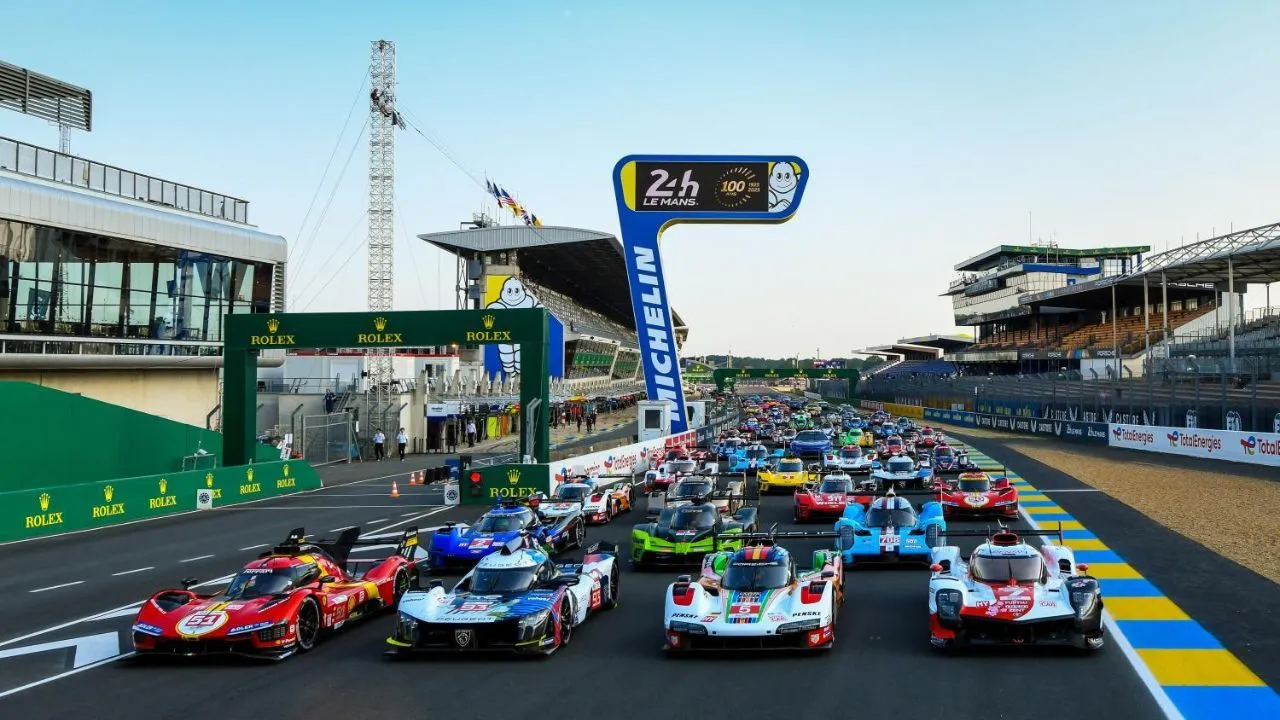
Le Mans 24-Hour Race: The 91st running of the Le Mans 24 Hours this year is the centennial edition since it coincides with the centenary of the race's debut running in 1923. In addition, the 2023 World Endurance Championship race will include a leading category of automobiles suited for such an event, with 16 entries from seven companies in the Hypercar class, from which the overall victor will emerge barring an almost unique combination of circumstances. That means that there are two sets of regulations that a manufacturer may use to create a vehicle for the highest class in the series. This year's Hypercar lineup at Le Mans includes 16 vehicles, 9 of which are LMHs and 6 of which are LMDhs. However, numerous uncertainties surround these cutting-edge courses. Here's a handy infographic that covers the basics of those projects.
Le Mans 24 Hours: LMH vs LMDh
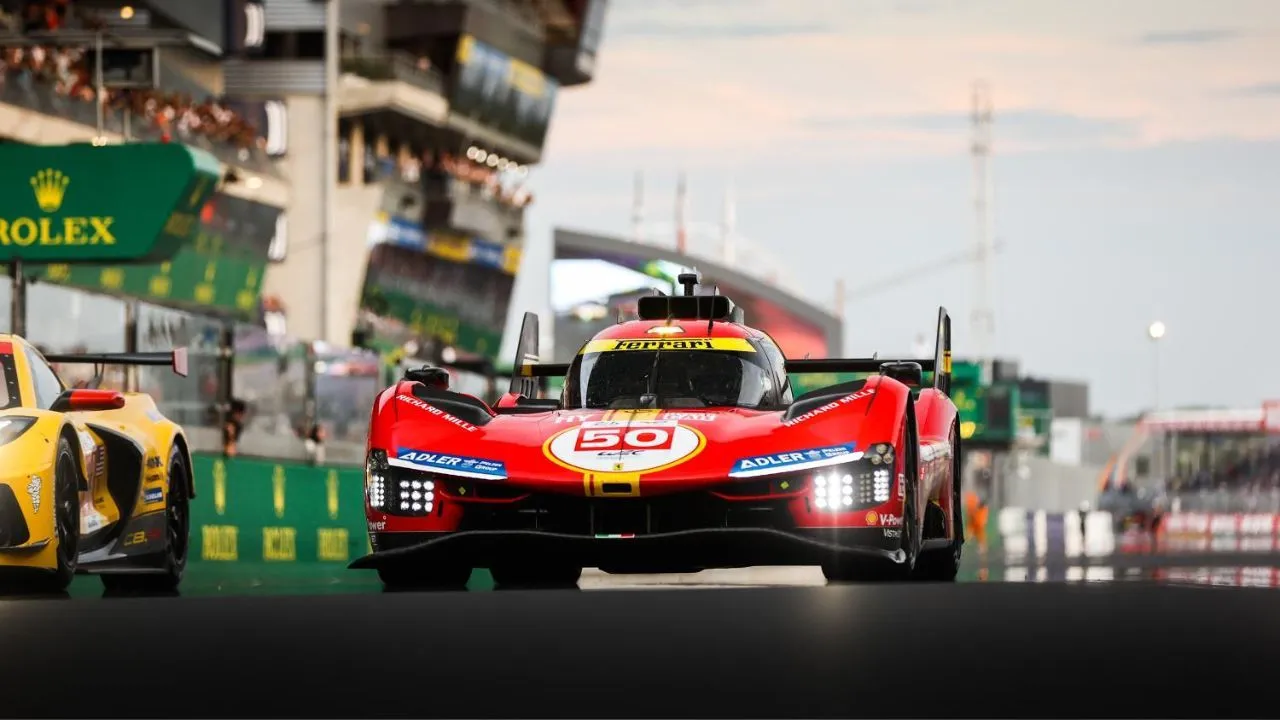
Both LMDh and LMH refer to Le Mans Daytona Hybrid and Le Mans Hypercar, respectively. In the FIA World Endurance Championship, both cars will compete in the Hypercar category. The Le Mans race will use LMH vehicles. LMDh constructors, on the other hand, must still have a choice whether or not to participate in the 24 Hours of Le Mans. Both the WEC and IMSA championships imply this category, however, some teams would prefer to compete for the IMSA title than the WEC.
With LMH, a carmaker may create its own vehicle from the ground up, or rather the front end all the way to the back. Everything associated with the hybrid system, if present, must be located in front of the vehicle's wheels. The Toyotas, the Peugeots, and the Ferraris are all four-wheel drive, while the Glickenhauses and the Vanwalls are rear-wheel drive non-hybrids.
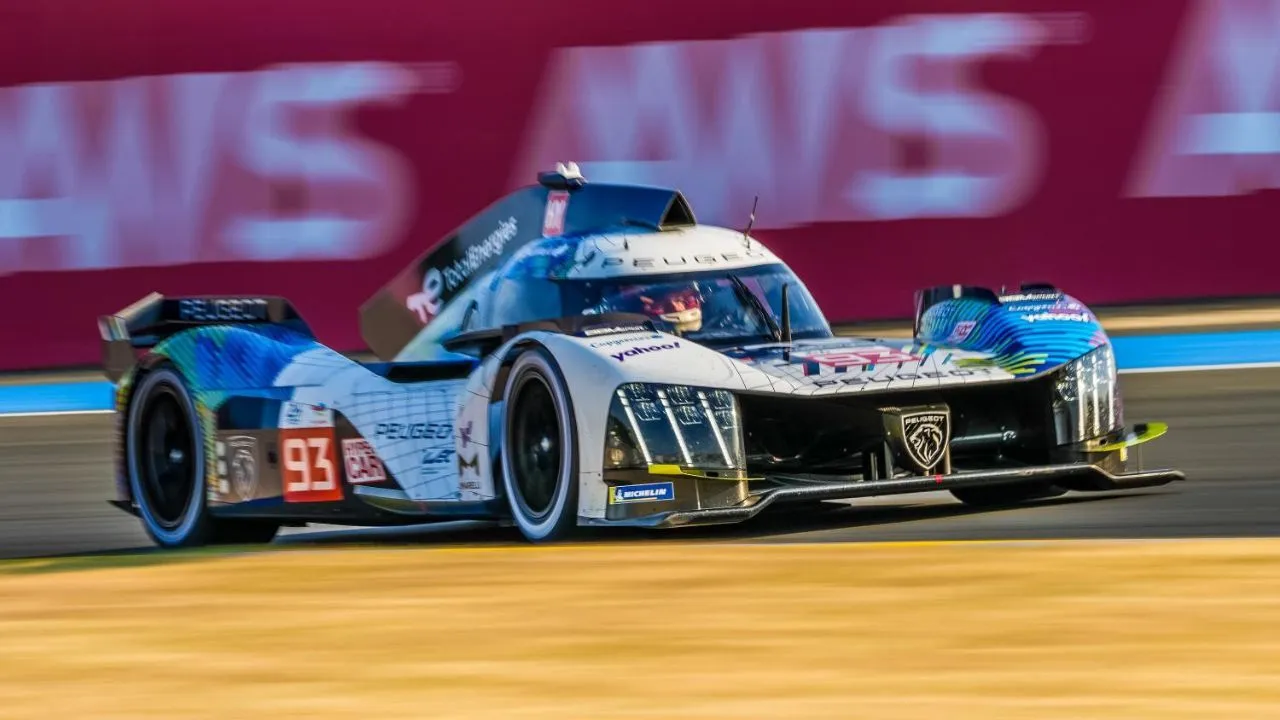
In order to compete in LMDh, teams must rely heavily on commercially available parts. The car's monocoque and suspension must be one of the four licenced builders' latest generation LMP2 designs. These constructors are ORECA, Dallara, Ligier, and Multimatic.
All vehicles share a hybrid system mounted behind the back axle. Bosch provides the motor generator unit (MGU), Williams Advanced Engineering provides the battery, and Xtrac manufactures the gearbox; all three companies collaborated on the overall design. The manufacturer is responsible for the development of the aerodynamics, provides the internal combustion component of the engine, and is free to design the electronics as it sees fit.
Despite having very varied designs, all of the vehicles must adhere to the identical performance standards set out in the regulations. The performance windows within which each vehicle must fall are a core concept of both the LMH and LMDh. Maximum power and aerodynamic downforce and drag objectives are the same.

Allowing the manufacturer to create vehicles with a unique appearance and use aesthetic elements from their road cars is a major concept of both LMH and LMDh regulations. The most extreme example is the rear wingless, futuristic Peugeot 9X8 LMH.
Le Mans 24 Hours: Hypercar Teams
Before Peugeot joined the Hypercar class after Le Mans last year, Toyota was the only major manufacturer to compete in the class for its first season and a half. The Glickenhaus-Pipo 007 LMH and an Alpine-Gibson A480 LMP1 vehicle were the only competition the Japanese company had faced up to that point. It was a slowed-down version of the ORECA design previously raced as the Rebellion R-13 to compete with the LMHs.
| Sr No. | Car No. | Team | Car | Drivers |
| 1 | 2 | Cadillac Racing | Cadillac V-Series.R | Earl Bamber Alex Lynn Richard Westbrook |
| 2 | 3 | Cadillac Racing | Cadillac V-Series.R | Sebastien Bourdais Renger van der Zande Scott Dixon |
| 3 | 4 | Floyd Vanwall Racing Team | Vanwall Vandervell 680 | Tom Dillmann Esteban Guerrieri Tristan Vautier |
| 4 | 5 | Porsche Penske Motorsport | Porsche 963 | Dane Cameron Michael Christensen Frederic Makowiecki |
| 5 | 6 | Porsche Penske Motorsport | Porsche 963 | Kevin Estre Andre Lotterer Laurens Vanthoor |
| 6 | 7 | Toyota Gazoo Racing | Toyota GR010 Hybrid | Mike Conway Kamui Kobayashi Jose Maria Lopez |
| 7 | 8 | Toyota Gazoo Racing | Toyota GR010 Hybrid | Sebastien Buemi Brendon Hartley Ryo Hirakawa |
| 8 | 38 | Hertz Team JOTA | Porsche 963 | Yifei Ye Antonio Felix da Costa Will Stevens |
| 9 | 50 | Ferrari AF Corse | Ferrari 499P | Antonio Fuoco Miguel Molina Nicklas Nielsen |
| 10 | 51 | Ferrari AF Corse | Ferrari 499P | Alessandro Pier Guidi James Calado Antonio Giovinazzi |
| 11 | 75 | Porsche Penske Motorsport | Porsche 963 | Felipe Nasr Nick Tandy Mathieu Jaminet |
| 12 | 93 | Peugeot TotalEnergies | Peugeot 9X8 | Paul di Resta Mikkel Jensen Jean-Eric Vergne |
| 13 | 94 | Peugeot TotalEnergies | Peugeot 9X8 | Loic Duval Gustavo Menezes Nico Muller |
| 14 | 311 | Action Express Racing | Cadillac V-Series.R | Pipo Derani Alexander Sims Jack Aitken |
| 15 | 708 | Glickenhaus Racing | Glickenhaus 007 | Romain Dumas Olivier Pla Ryan Briscoe |
| 16 | 709 | Glickenhaus Racing | Glickenhaus 007 | Franck Mailleux Nathanael Berthon Esteban Gutierrez |
Also Read: Le Mans 24 Hours: When & Where to Watch the Prestigious Endurance Race in India
There has been a flurry of manufacturer interest in the LMDh formula. It all started with Porsche and its 963, but soon after Cadillac, Acura, and BMW got to work on their own versions. Acura, a division of Honda, and BMW will race only in North America in 2023, but BMW will enter the World Endurance Championship the following year.
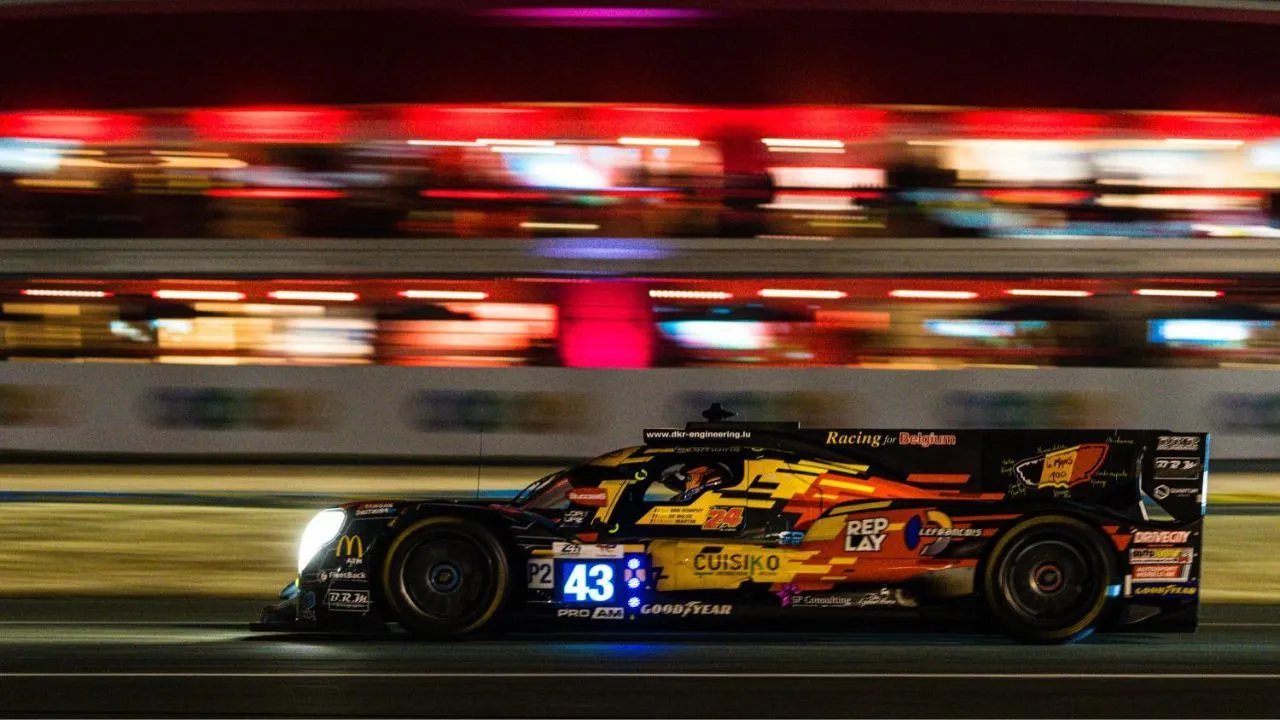
Lamborghini and Alpine will also debut the following year. Starting in 2024, Lamborghini will compete in both the World Endurance Championship and the IMSA.
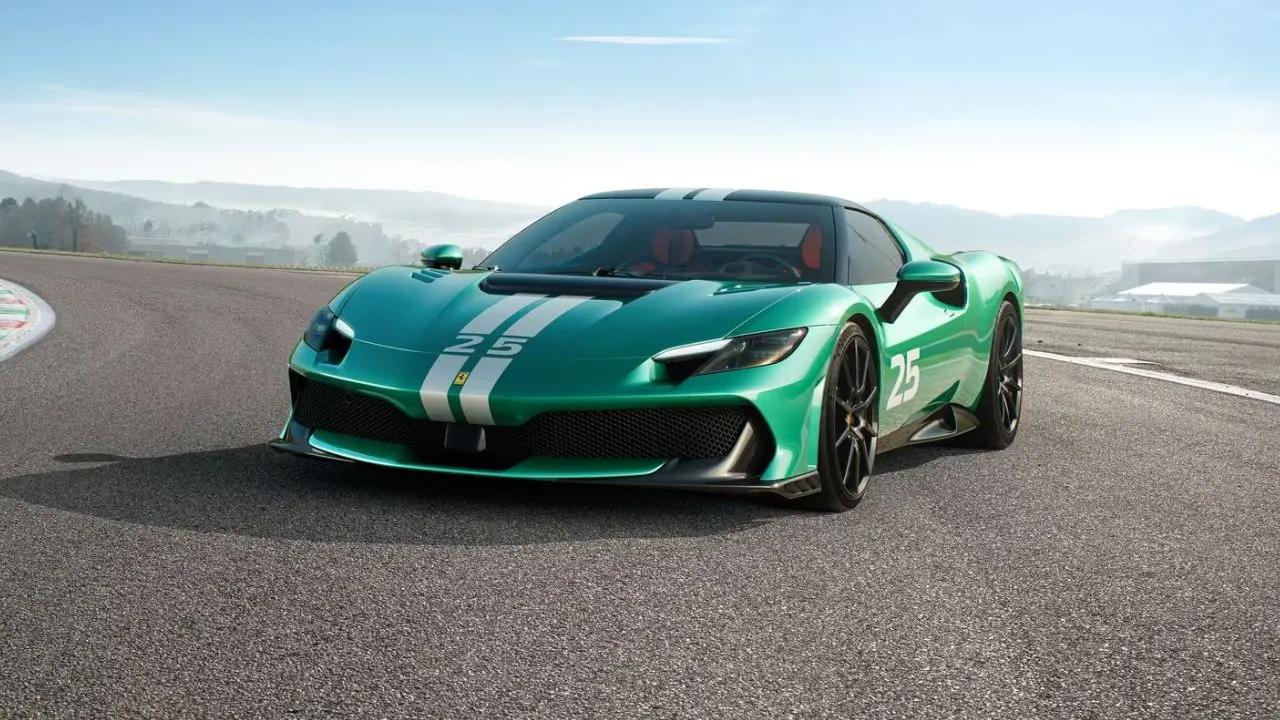
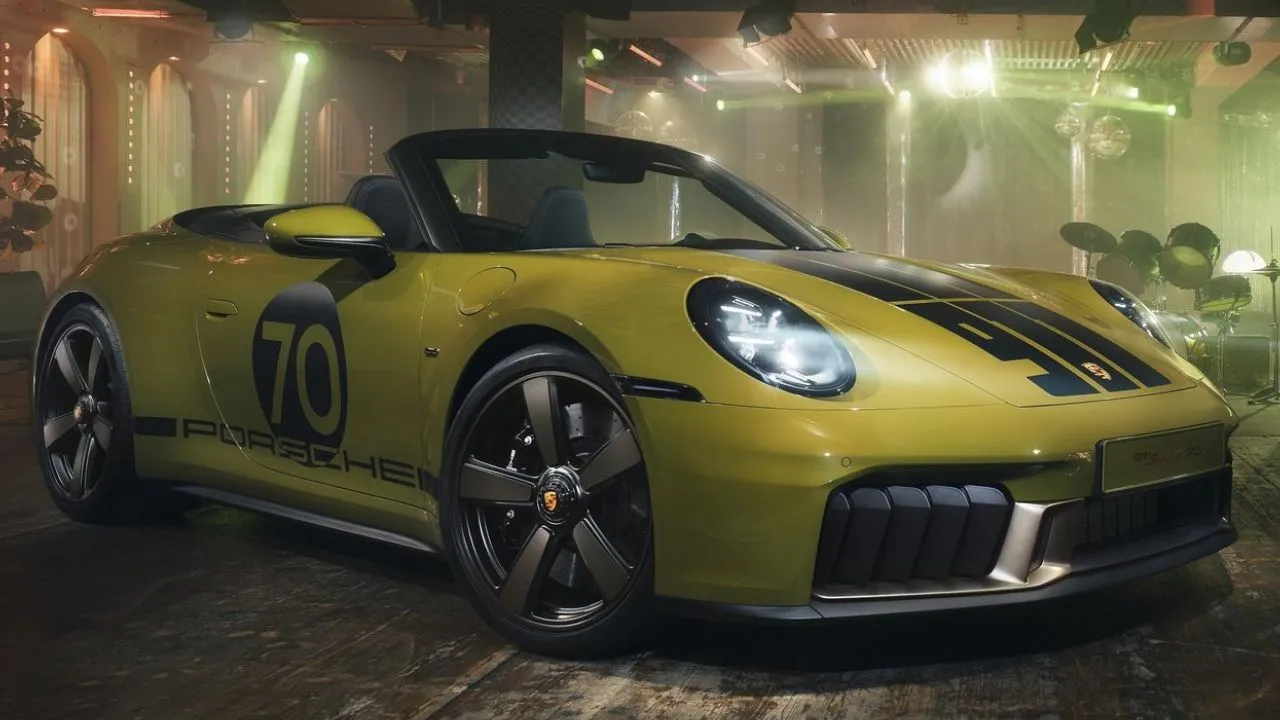
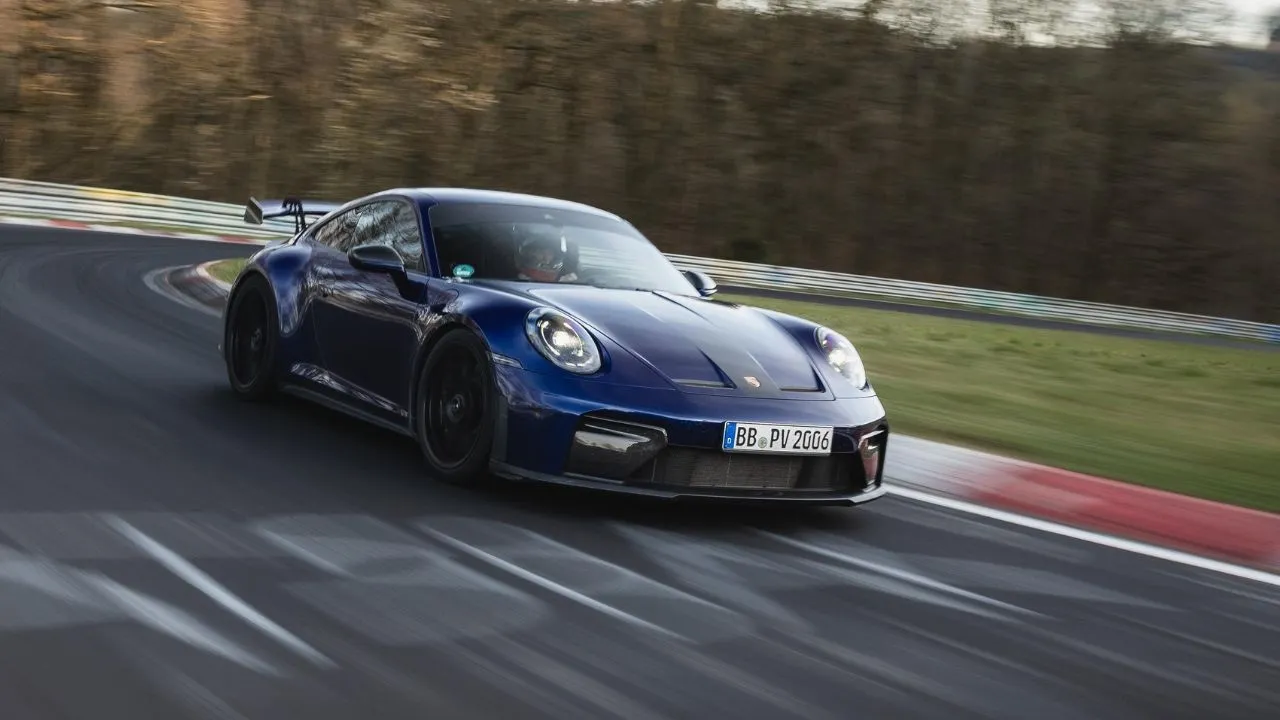
.webp)
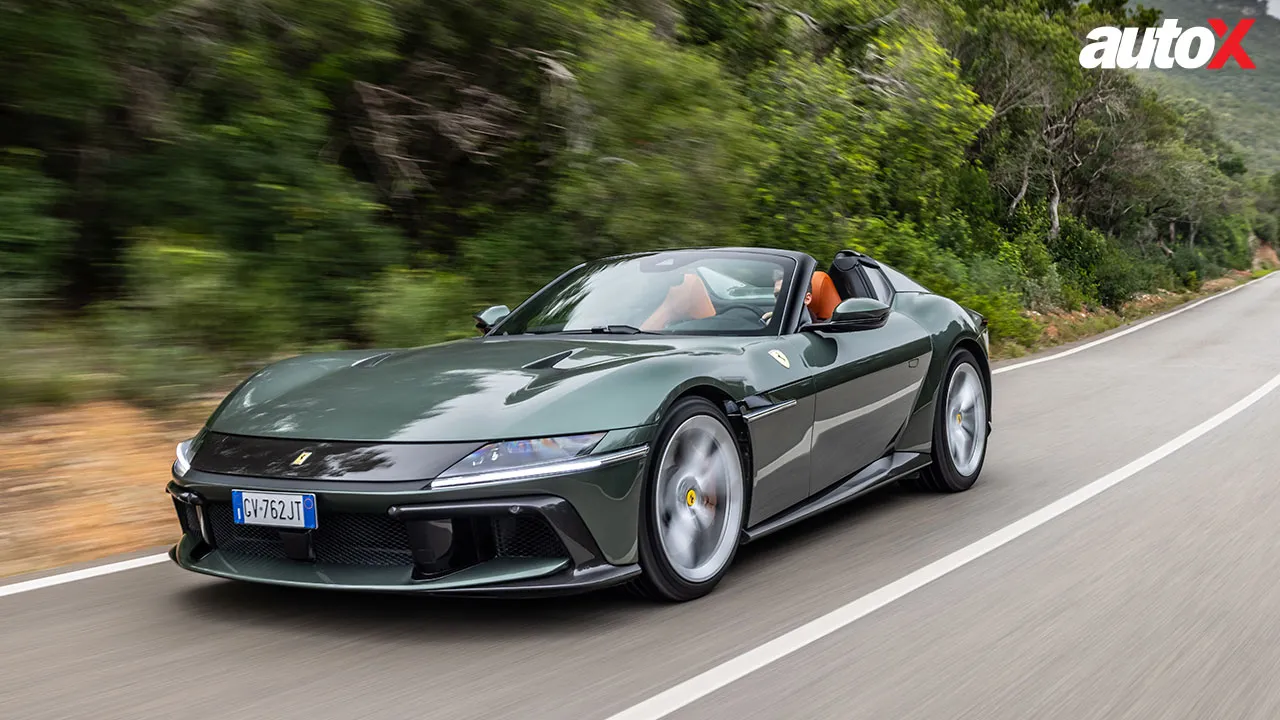
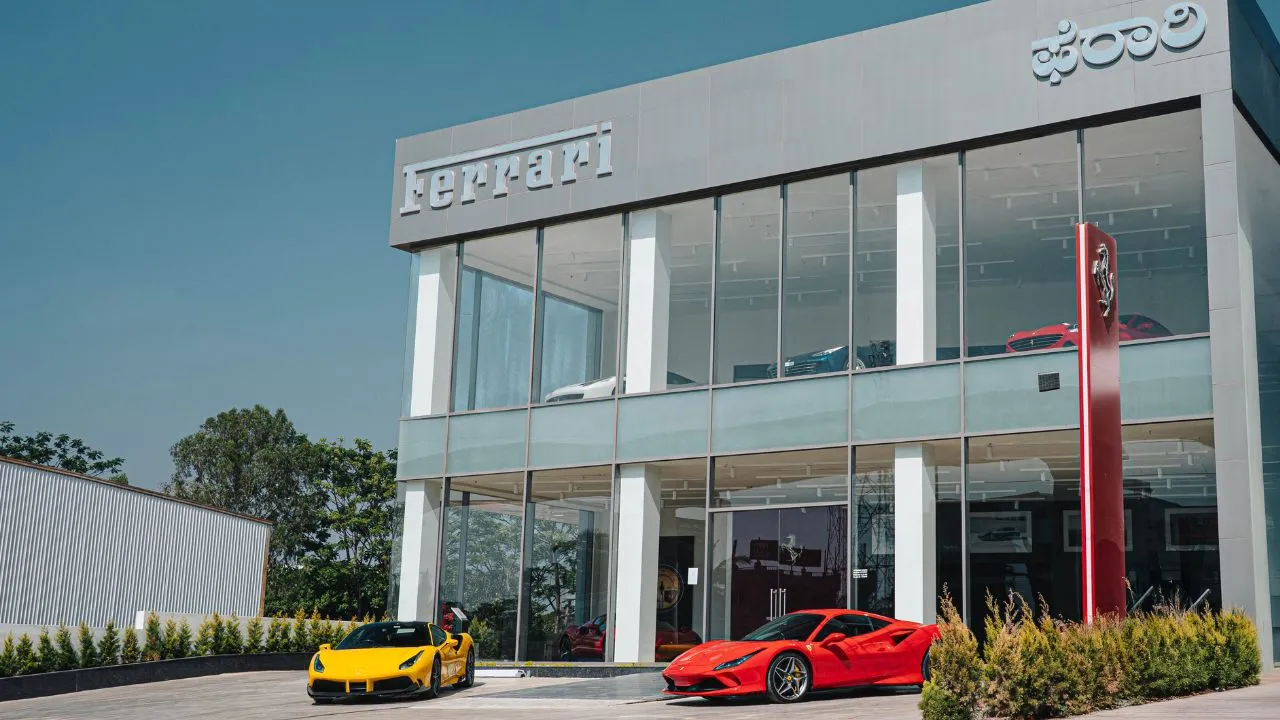

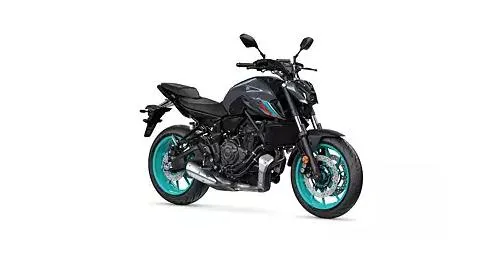


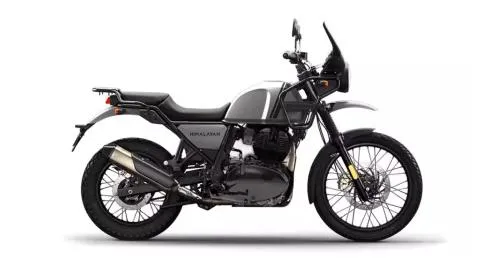
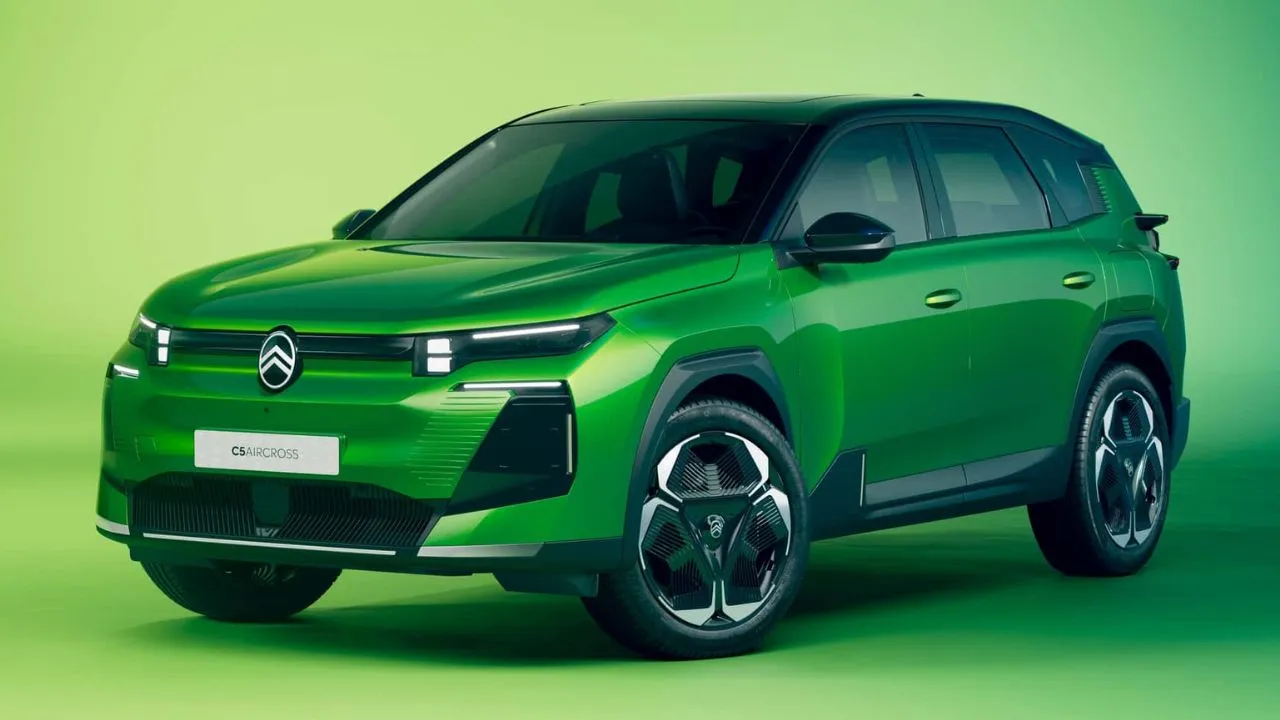

-(17).webp)
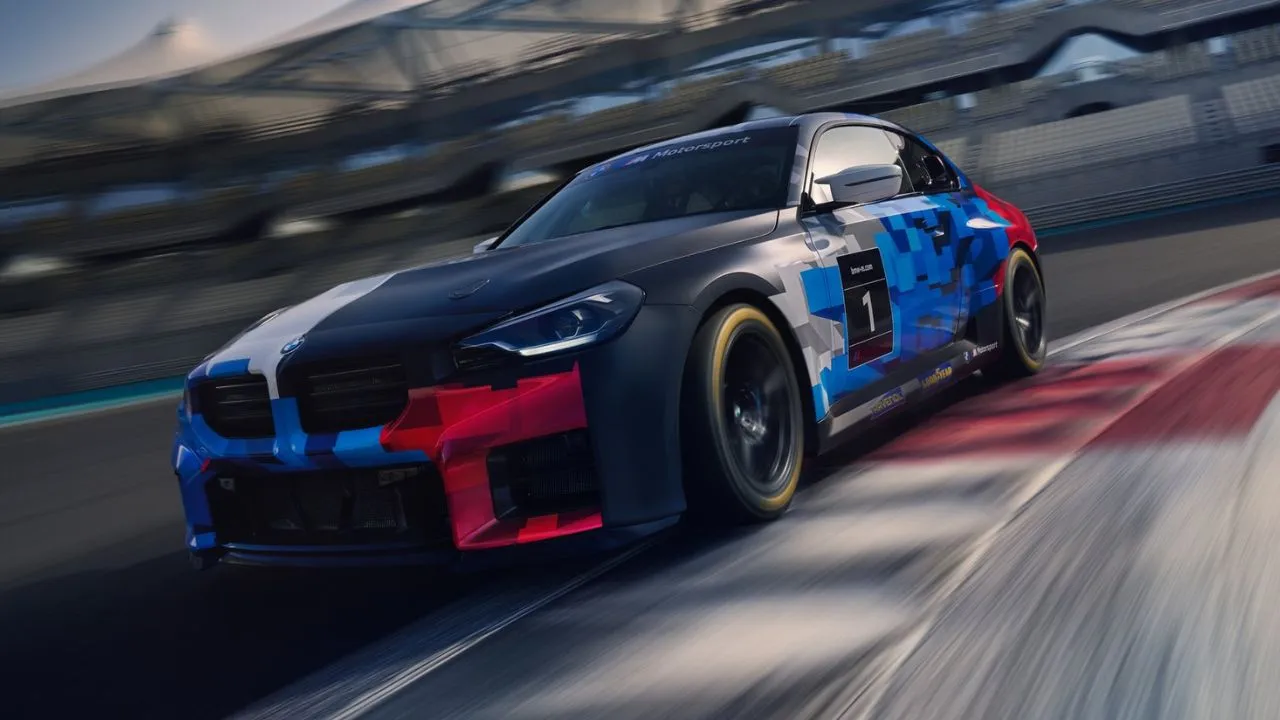





Write your Comment on